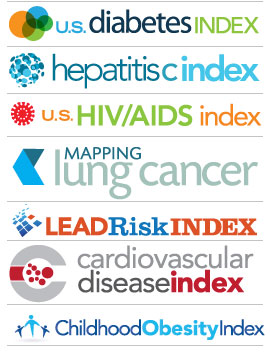The “Fairer” Sex: Underrepresentation of Women in Clinical Trials
Clinical Trial News Wednesday, September 5th, 2012Triplehelixblog: BY SUCHITA NETY ⋅ SEPTEMBER 3, 2012
Even in the 21st century, women are consistently underrepresented in clinical trials involving drug therapy, medical devices, and behavioral interventions.
Although various US federal agencies have made improvements to legislation regarding women’s participation in clinical trials over the past few decades, recent studies demonstrate that the underrepresentation of women remains a persistent problem that raises both scientific and ethical concerns.
Even though it has been nearly two decades since the NIH Revitalization Act of 1993 mandated the inclusion of women and minorities in clinical research, the success of the law has been limited, and studies report a consistent shortage of female representation1, 2, 3, 4. For example, a 2006 study examined 661 clinical trials for drugs for non-sex specific cancer types; the researchers found that the average percentage of female participation was 38.8, despite the fact that males and females showed approximately equal rates of affliction for these cancer types3. The statistics illustrate that clinical trials fail to adequately recruit women as subjects, but even more worrisome is the fact that researchers consistently fail to analyze data of clinical trials with sex-specific results in mind2. This creates a serious problem: patients, with no sex-specific data to consider, cannot make informed decisions about undergoing treatment. Read More

